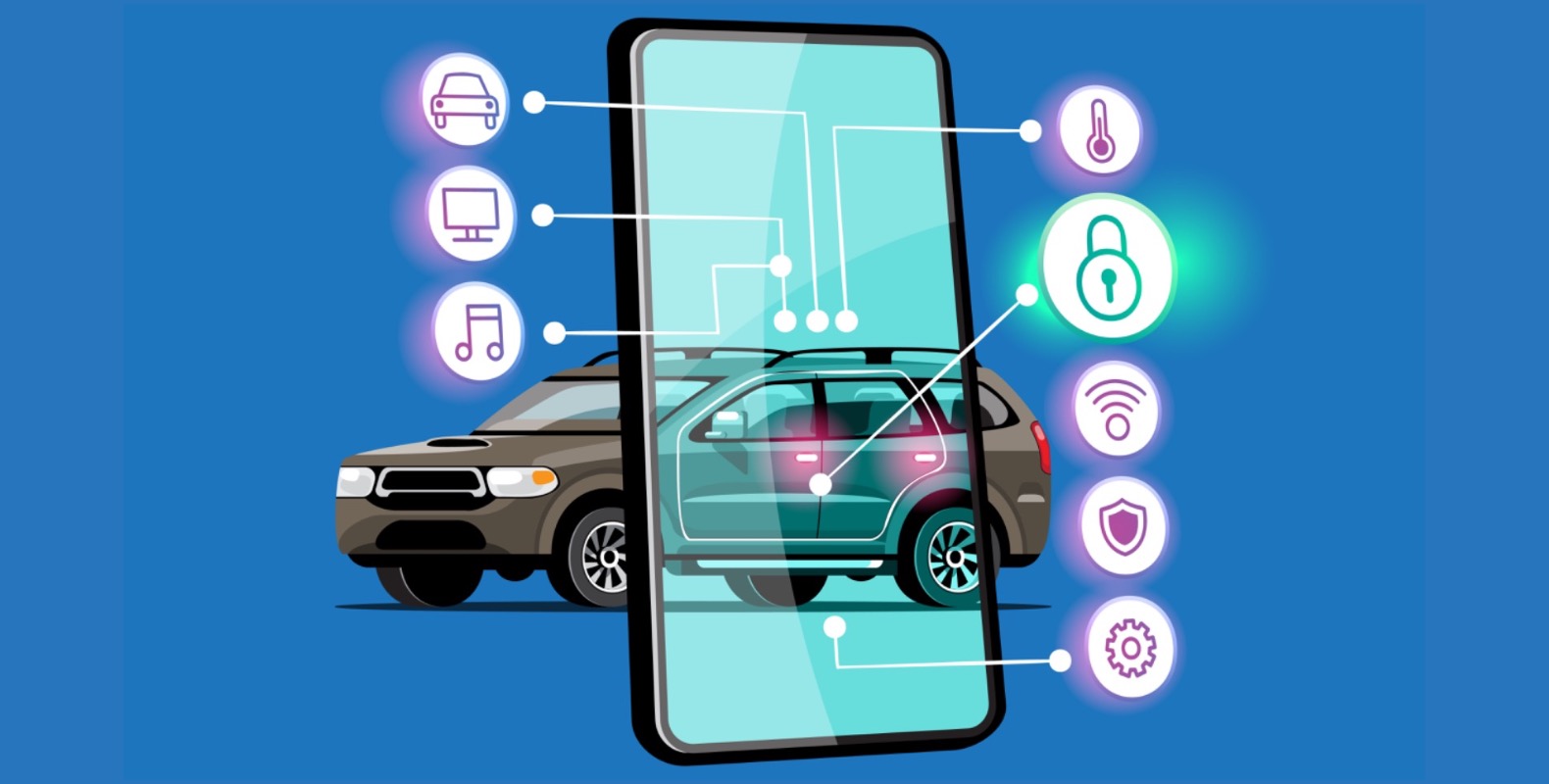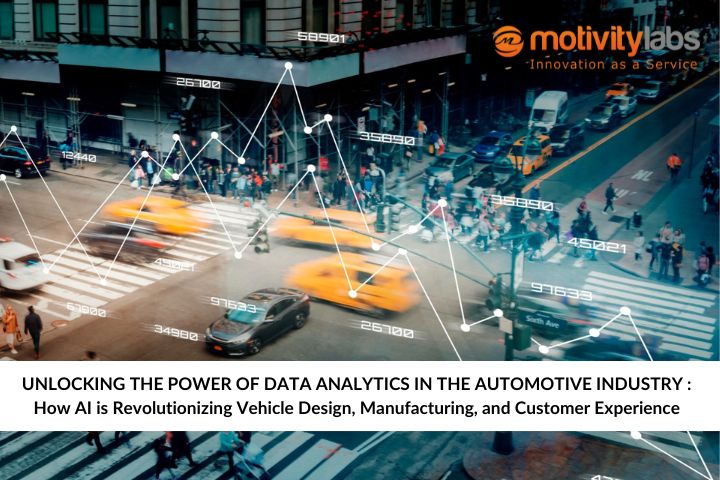For the last few years, technology advancements and customer preferences have transformed the future of automotive industry in an amazing way. IT integration has been simply phenomenal in this segment leading to massive transformations in terms of vehicle designing, manufacturing as well as operations. The next decade promises exciting.
Current State of Automotive IT and Technology:
Today’s automotive landscape is dominated by increased focus on connectivity, automation and electrification. Modern vehicles are equipped with very advanced infotainment systems that are closely integrated with smartphones to offer various connectivity services such as seamless app into car among others. Additionally, there is a growing recognition of ADASs and autonomous driving technologies that aim at enhancing driver comfort and safety. These are some of the key technology trends in automotive industry currently.
One important milestone in recent times has been the growth of EVs. This aspect has seen major auto makers invest significantly in electric vehicle technology due to concerns about energy efficiency and environmental sustainability. In this respect, improvements have been made regarding how batteries can be more efficient and even more powerful while enhancing facilities for recharging them. The growth of EVs is a notable innovation in automotive industry.
Key Emerging Trends for 2024:
Automotive IT is projected to face several key trends as we move into 2024, which will shape the future of automotive industry.
Autonomous Driving Advancements: The race towards fully autonomous vehicles is poised to become more intense with major players such as Tesla, Waymo, and other conventional automakers pushing the limits of self-driving technology. Sensor technology advancements, artificial intelligence (AI), and machine learning will make possible more dependable and intricate autonomous driving systems. This is a significant new technology in automobile industry.
Increasing Vehicle-to-Everything (V2X) Communication: V2X technology has started to gain traction as it allows vehicles to communicate with other cars, pedestrians, and infrastructure. This may offer a significant improvement in road safety, traffic management and overall driving efficiency. V2X is one of the key automotive technology trends to watch out for.
Cybersecurity Becomes a Top Priority: As vehicles continue to get smarter and increasingly connected, cybersecurity will be at the forefront. Automakers alongside IT companies need to emphasize on strong cybersecurity measures that will keep at bay intruders to their vehicle systems or potential data breaches. Cybersecurity is a crucial aspect of innovation in automotive industry.
Specific Innovations and Technologies in 2024:
1. 5G and Connected Car Technology: As experts predict, the advent of 5G networks is set to change the connected car experience in its entirety. More so, it allows for real-time transmission of data since it has enough bandwidth with a very low latency paving way for such features as remote vehicle diagnostics, over-the-air software updates and any seamless entertainment streaming. By adopting 5G technology, Gartner reports that global connected car market will hit $56.3 billion by 2026. 5G is a major new technology in automobile industry.
2. Artificial Intelligence (AI) and Machine Learning (ML): Artificial intelligence and machine learning on the other hand will be instrumental in enhancing several aspects of automotive IT under consideration. In order to achieve this goal also they will facilitate advanced driver assistance systems that have more accurate object detection capabilities, predictive maintenance and personalized in-vehicle experiences among others. For instance, Tesla’s Autopilot system heavily relies on AI and ML algorithms for semi-autonomous driving. AI and ML are key technology trends in automotive industry.
3. Augmented Reality (AR) and Virtual Reality (VR): AR head-up displays are expected to improve safety and convenience while driving by superimposing vital information onto the driver’s line of sight. Similarly, it can be argued that VR has transformed how cars are being sold because customers can have their own vehicles virtually customized or test them online before purchase. AR and VR are notable innovations in the automotive industry.
4. Blockchain and Decentralized Mobility: On the other hand, blockchain technology could revolutionize the motor industry through mobility services on a decentralized basis. A good example is IBM and Ford who are assessing if blockchain could be used to protect data sharing security for new business models like peer-to-peer car-sharing as well as seamless payments for mobility services. Blockchain is an emerging new technology in automobile industry.
Impact on the Driving Experience and Vehicle Functionality:
These emerging technologies and innovations will make a significant impact on how people drive and use their cars. With autonomous vehicles, drivers can multi-task or simply enjoy travelling hence bringing about increased safety levels as well as convenience factors. Connected car technology will offer an integrated feel with customized in-vehicle entertainment, navigation system that is updated in real-time and vehicle diagnostics. These are some of the key impacts of automotive technology trends on the driving experience and vehicle functionality.
Additionally, AI/ML integration could predict maintenance needs thus optimizing vehicle performance leading to reduced downtime. Also AR/VR applications should be used not only to enhance driving experience but also revolutionize the process of purchasing cars while providing more realistic training scenarios for mechanics and engineers. The impact of innovation in automotive industry on vehicle functionality is profound.

Automotive Industry Metamorphosis:
The automotive IT future in 2024 will be characterized by disruptive innovations and technologies across the entire automotive industry. Disruption will occur to traditional business models and value chains, thereby introducing new prospects as well as challenges. These disruptions will reshape the future of automotive industry.
a) Movement toward Mobility-as-a-Service (MaaS): MaaS is fueled by the advent of self-driving cars equipped with telematics features in addition to shared mobility solutions. Rather than owning personal cars, consumers may opt for on-demand transportation services, which changes how automobile companies operate. MaaS is a key new technology in the automobile industry.
b) Partnerships and Collaborations: Carmakers are required to enter into strategic partnerships with software developers, tech giants and telecom firms if they have available chances of competing effectively within this dynamic environment. Expertise sharing through cross-industry collaborations will help expedite innovation in the automotive industry.
c) Data-Driven Business Models: The rise of connected cars and autonomous vehicles has led to massive data accumulating at an alarming rate for manufacturers; such data provides automakers with opportunity to develop innovative data-driven business models using it as an asset. This information can also be used for predictive maintenance, usage-based insurance or targeted advertising among other services that can generate revenue. Data-driven models are an emerging automotive technology trend.
Hurdles and Challenges:
The future of automobile IT holds much promise; however, there are also several challenges and obstacles to contend with:
1) Rules and Laws: With autonomous vehicles being introduced by the automotive IT in addition to new mobility solutions, there must be fundamental adjustments to existing legal frameworks and regulations. This will require that governments adapt to the latest developments in technology for the purpose of safeguarding lives and properties. Regulations need to keep pace with innovation in the automotive industry.
2) Security Vulnerabilities: These vehicles are becoming more connected and reliant on software every day, putting them at risk of cyber-attacks or data breaches. To protect consumers against such hazards, strong cybersecurity measures as well as universally accepted standards should be put into place. Cybersecurity is a key challenge with new technology in the automobile industry.
3) Readiness of Infrastructure: The feasibility of some technologies like electric cars or V2X communications is determined by whether enough charging infrastructure and smart roads exist. Substantial investments will be required in building or upgrading such infrastructures. Infrastructure readiness is crucial for automotive technology trends to take off.
4) Consumer Acceptance: Even if some are very excited about self-driving cars and other in-car technologies, there are those who worry about privacy issues, safety concerns and the negative impact of automation on employment. It is necessary that these fears be allayed by gradual education and acceptance. Consumer acceptance will shape the future of the automotive industry.
It is now 2024 and the automobile industry has reached an inflection point. These highlighted improvements and technology trends in automotive industry may revolutionize our perception of transportation as we know it hence providing the most convenient, safer ways of traveling. Nevertheless, this will necessitate relationships between different parties, a dedication to overcome obstacles as well as an openness to change.
Motivity Labs is a leading Digital Assurance and Engineering services company with offices in India and USA. We help companies accelerate their digital transformation journey across various stages of digital adoption and help them achieve market leadership.
Contact us on info@motivitylabs.com for a consultation and let’s build something exceptional together.



